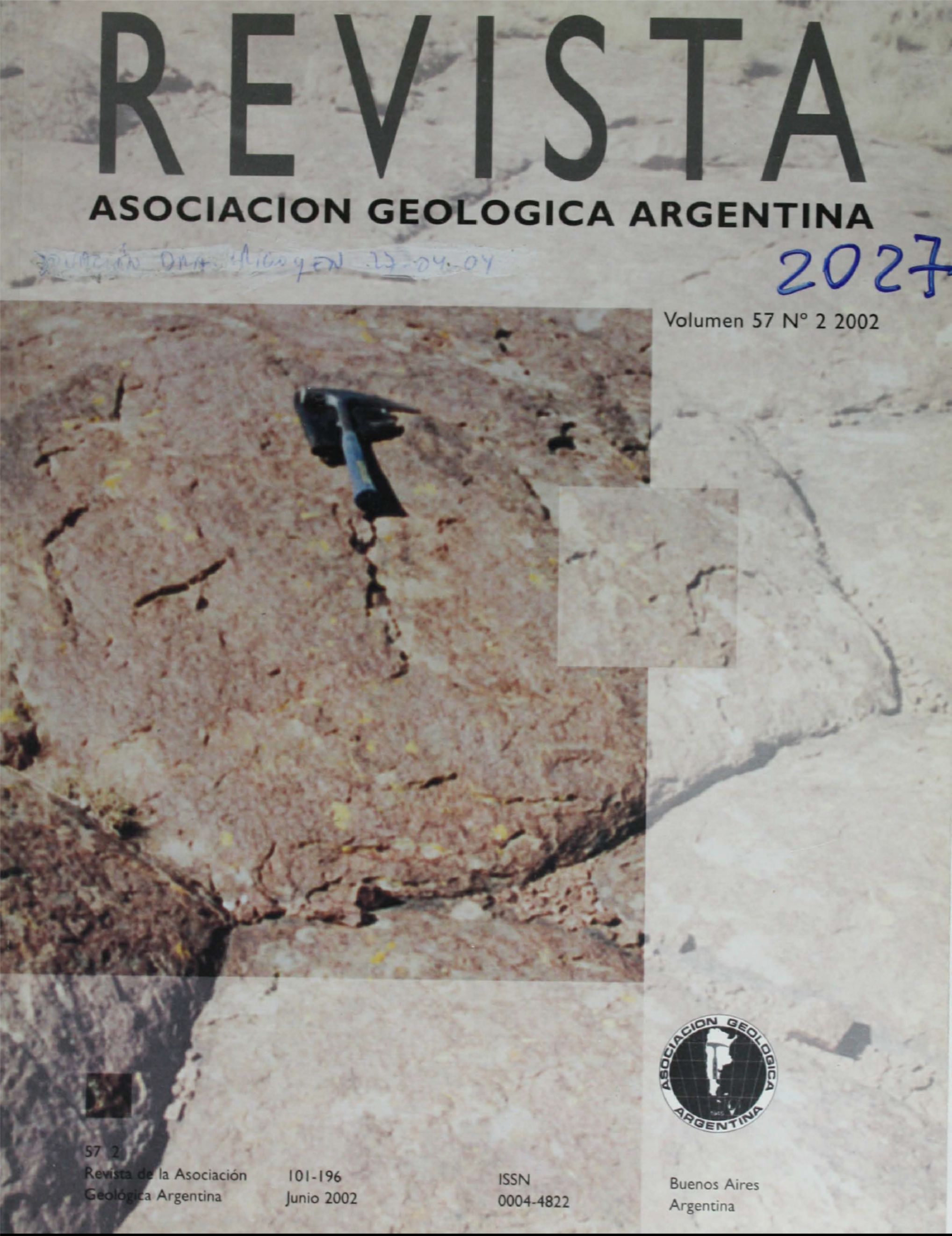Clastic dykes associated with strike-slip deformation, in synorogenic deposits from the Early Miocene of the Austral basin
Main Article Content
Abstract
Clastic dykes occur commonly within Early Miocene sediments of the Austral or Magallanes basin, in the central part of Tierra del Fuego, Argentina. The orientation, thickness and spacing of the clastic dykes along the Atlantic coast in the vacinity of Cabo San Pablo and Cabo Viamonte are examined. Sheet intrusions, especially dykes unaffected by previous structures, should have an orientation perpendicular to the least compressive stress (sigma 3). Consequently, the orientation of clastic dykes has been used to calculate sigma 3 distribution at the time of intrusion. These sigma 3 directions, as well as geological structures, are used to infer the maximum and intermediate compressive stresses (sigma 1 and 2, respectively) at the time of intrusion. In the Cabo San Pablo sector, the strain ellipse so obtained defines a strike-slip system, with sigma 1 and 3 horizontal and sigma 2 vertical. The clastic dykes were generated during Early Miocene sediment deposition, in two distinct strike-slip tectonic pulses that affected the Austral basin. Thus, a tectonic evolution based on strike-slip displacement of the Austral basin during the Early Miocene is proposed.
Article Details

This work is licensed under a Creative Commons Attribution-NonCommercial 4.0 International License.
Nota de copyright
Los autores conservan los derechos de autor y garantizan a la revista el derecho de ser la primera publicación del trabajo licenciado según una licencia de atribución Creative Commons que permite a otros compartir el trabajo con el reconocimiento de la autoría y de la publicación en la que se publicó por primera vez.
Declaración de privacidad
Los nombres y direcciones de correo electrónico introducidos en esta revista se usarán exclusivamente para los fines declarados por esta revista y no estarán disponibles para ningún otro propósito u otra persona.

